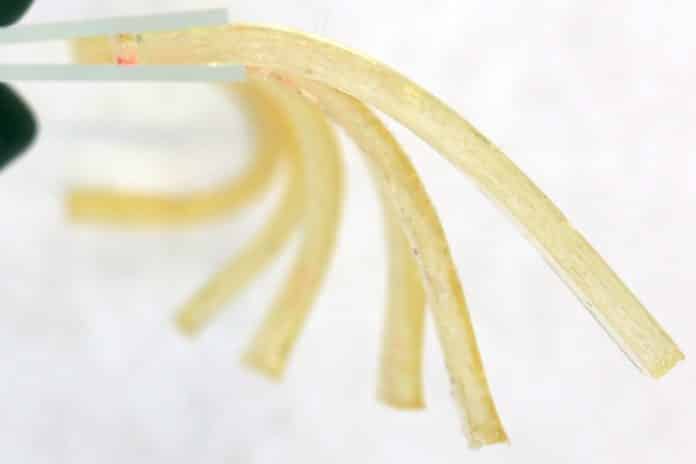A Novel Gel for Drug Delivery Employing Caffeine Catalyst
Robust and reproducible manufacturing of biocompatible materials with advanced functional properties is necessary to support the rapid growth and evaluation of novel biomedical technologies, especially with the rise of combination devices and the need for minimally invasive surgical techniques.
Successful translation from bench concepts to clinic products is often limited by the few materials available for device and formulation development that can be easily processed and quickly pass regulatory hurdles.
Now, scientists at the MIT and along with their counterparts at the Brigham and Women’s Hospital have come up with caffeine aided polymer material, opening the door for drug delivery via chewable gels. Using caffeine as a catalyst, the researchers have devised a way to create gummy, biocompatible gels that could be used for drug delivery. They expect the material could also be used to carry other types of drugs. Drugs carried by this kind of material could be chewable or easier to swallow, the researchers say.
“Most synthetic approaches for synthesizing and cross-linking polymeric gels and other materials use catalysts or conditions that can damage sensitive substances such as biologic drugs. In contrast, here we used green chemistry and common food ingredients,” says
Robert Langer, the David H. Koch Institute Professor at MIT and one of the study’s senior authors. “We believe these new materials could be useful in creating new medical devices and drug delivery systems.”“It’s really appealing for patient populations, especially children, who have difficulty with swallowing capsules and tablets,” says Giovanni Traverso, a research affiliate at MIT’s Koch Institute for Integrative Cancer Research and a gastroenterologist and biomedical engineer at Brigham and Women’s Hospital, who is also a senior author of the paper.
“Our goal was to try to simplify the method of manufacturing and impart an improved safety profile from the beginning by using potentially safer catalysts,” Traverso says.
The research team used caffeine to prompt citric acid (another plant-based edible material) to form a polymer network with polyethylene glycol (PEG). PEG has a long history as a biocompatible polymer and is a component of consumer products such as toothpaste. The gels contain about as much caffeine as found in a cup of tea and initial safety tests in rats have shown no harmful effects.
The resulting rubbery gel has significant potential as a drug delivery material. By changing the composition of the gel, the research team could vary its mechanical and chemical properties, allowing them to tune the strength of the material, and how quickly it released loaded drugs. “Depending on what the application may be, or what drugs are being incorporated, you could mix and match to find an optimal mixture,” said Traverso.






























